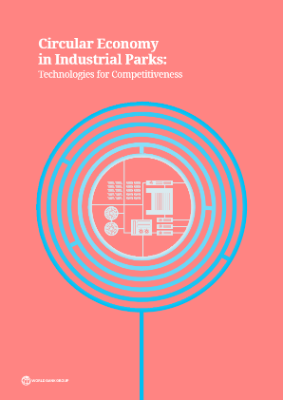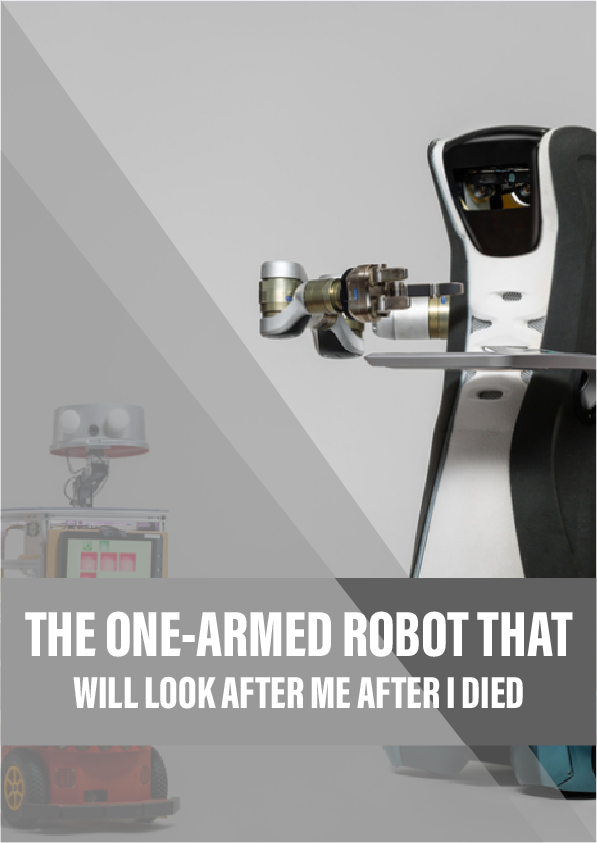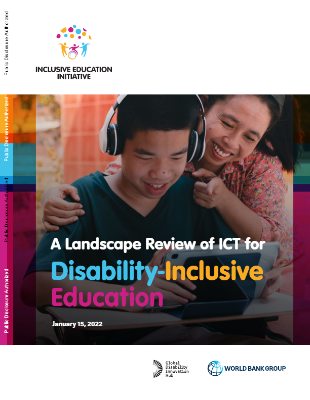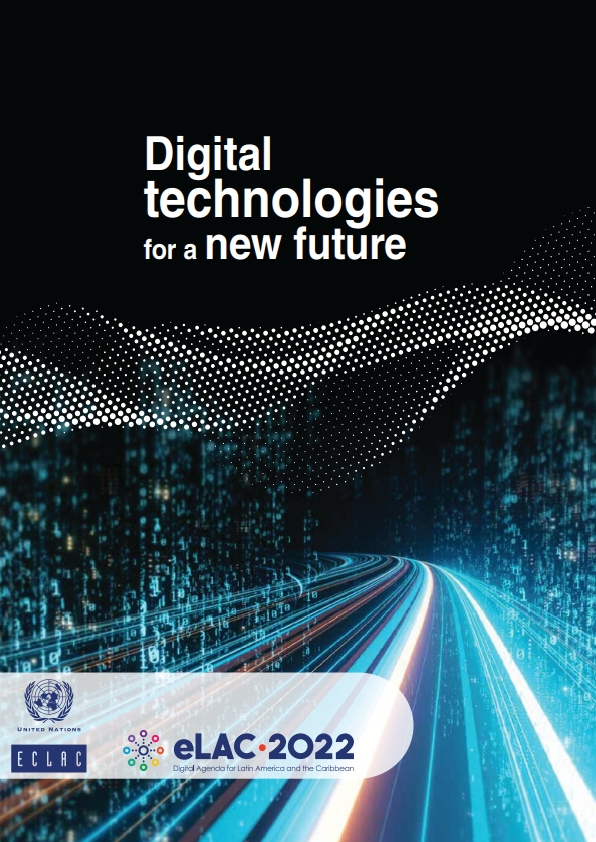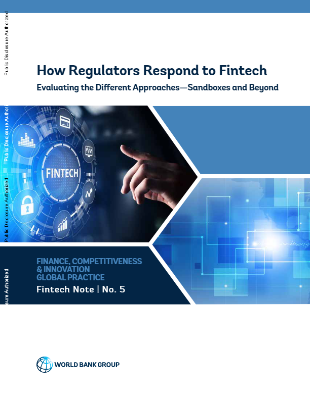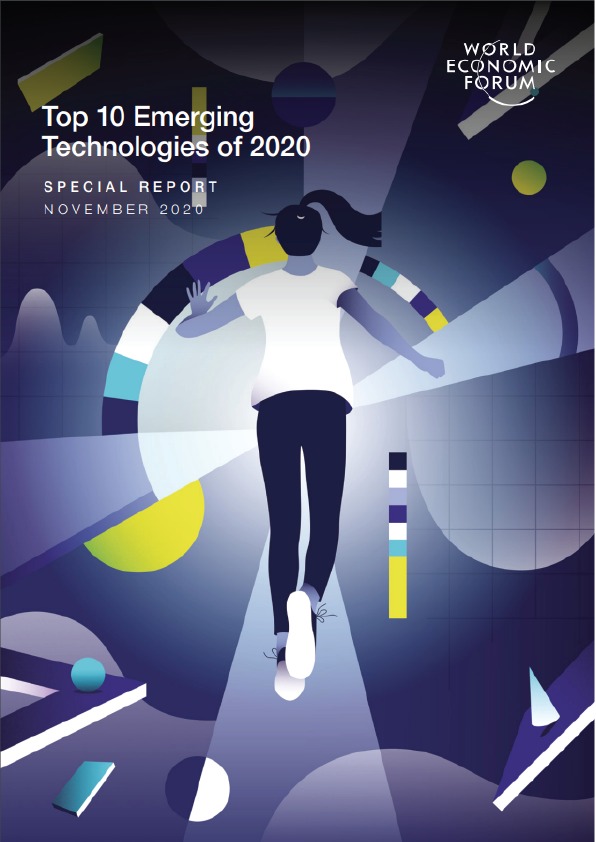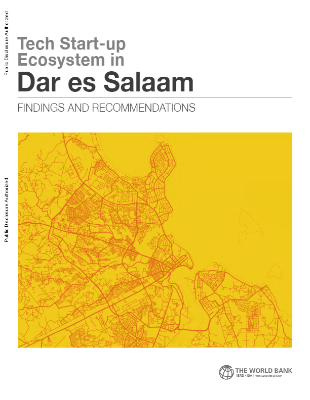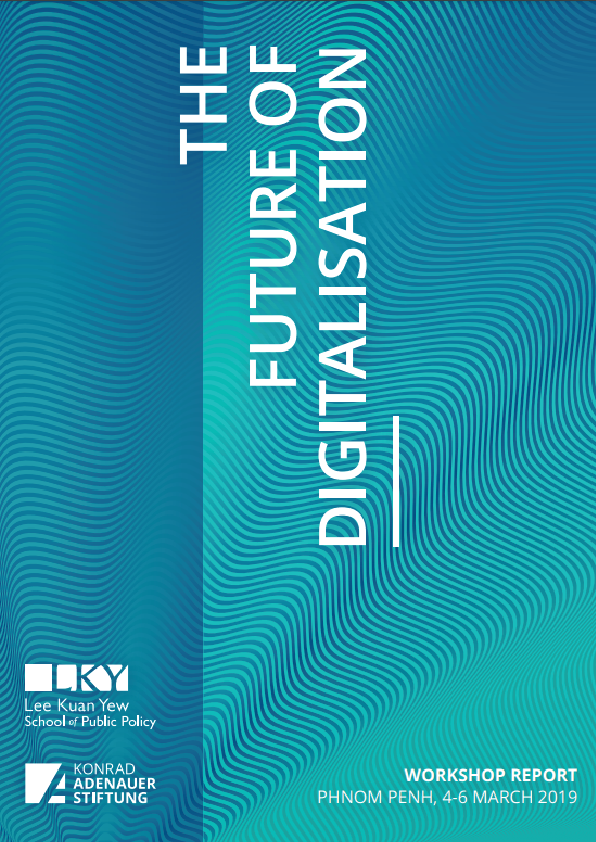The circular economy is now at the forefront of the competitiveness agenda for various industrial sectors, industrial parks, and firms. This report intends to provide practical recommendations on how industrial parks can promote the circularity of resources and strengthen competitiveness through innovative technologies and business models, and what governments can do to support such initiatives. It also aims to assist policy makers in identifying enablers of and barriers to the adoption of the proposed technologies.
The key message of the report is that circular economy interventions are not just environmentally beneficial but also economically viable, and hence, can improve the competitiveness of industrial parks and tenant firms. Implementing circular economy principles in industrial parks requires honing in on innovative approaches. In particular, eco-industrial parks (EIPs), as well as the technologies and business models adopted in EIPs, are important building blocks for scaling up the circular economy approach and accelerating green, sustainable, and resilient industry growth. The report highlights EIP technologies, infrastructure investments, and business models in the following three areas: energy (primarily renewable energy technologies), water (water supply and wastewater treatment technologies), and material and waste heat (industrial symbiosis and other material recovery technologies).
Industrial parks can adopt a combination of different strategies to foster the circular economy (figure ES.1):
- Promoting higher renewable energy generation and use, and achieving carbon neutrality
- Investing in common infrastructure and service provision to optimize the use of resources (e.g., steam networks, carbon dioxide (CO2) recovery plants, cogeneration/ trigeneration using biomass and/or biogas)
- Keeping materials and resources in use at the park level by encouraging tenant firms to create a symbiotic network and enabling their waste and by-product exchange
- Designing waste out by encouraging tenant firms to integrate circular designs and to use environmentally friendly technologies in their production facilities
- Fostering the establishment of recycling enterprises and sorting facilities rendering services to tenant firms
- Rethinking business models for improved energy, water, and waste management at the park level
- Harnessing digital technologies to increase resource circularity and material exchange
